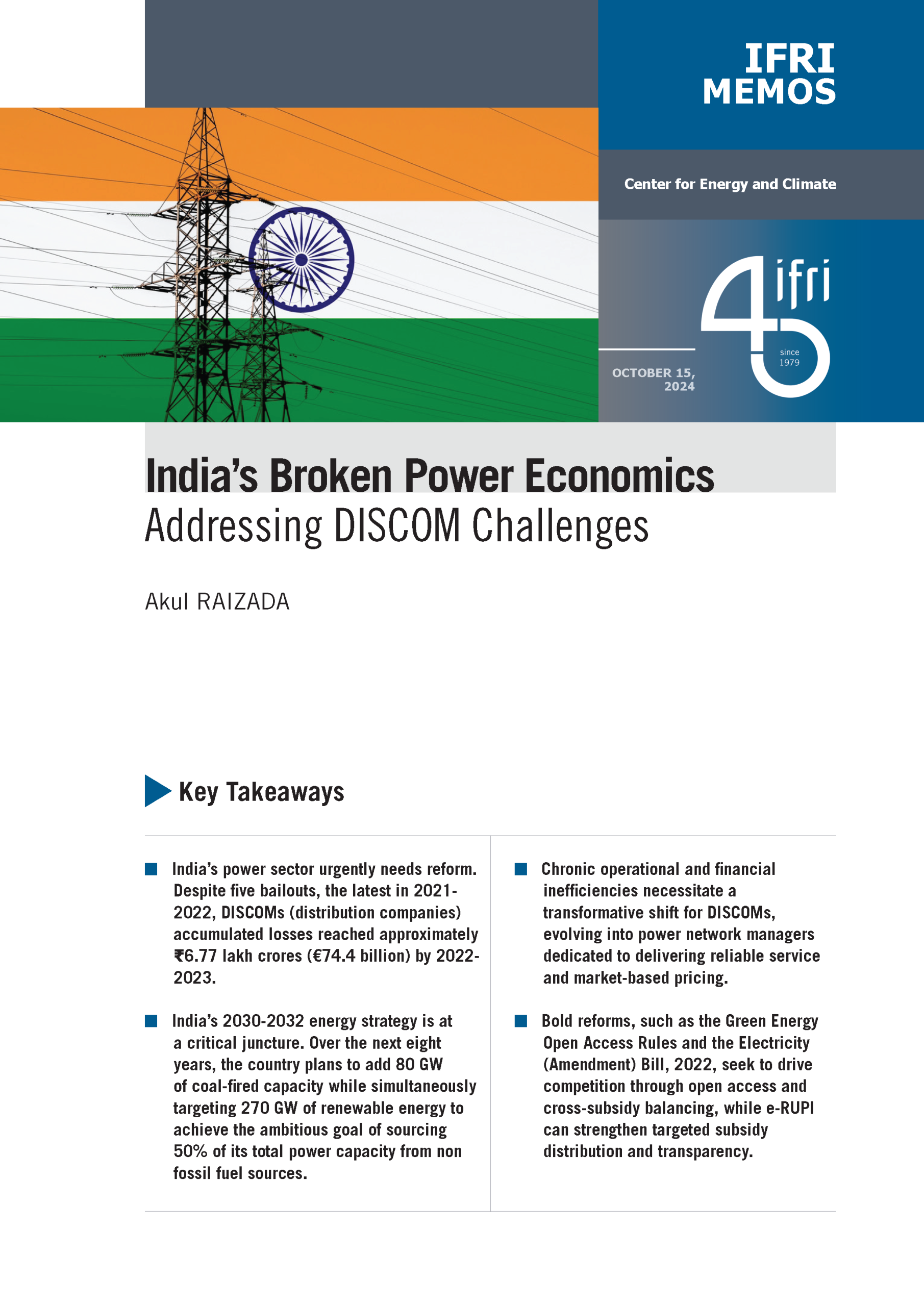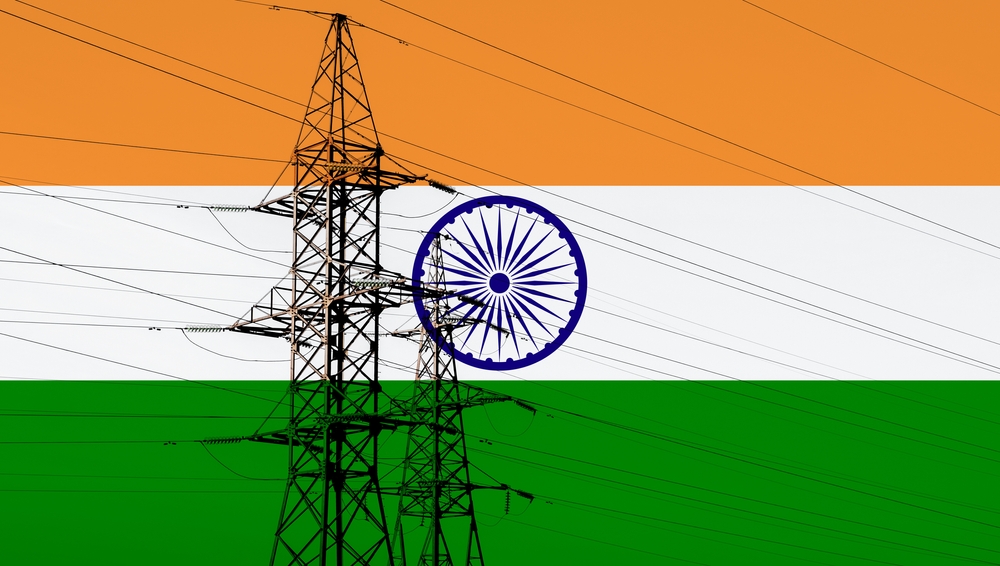India’s Broken Power Economics : Addressing DISCOM Challenges

India’s electricity demand is rising at an impressive annual rate of 9%. From 2014 to 2023, the country’s gross domestic product (GDP) surged from 1.95 trillion dollars ($) to $3.2 trillion (constant 2015 US$), and the nation is poised to maintain this upward trajectory, with projected growth rates exceeding 7% in 2024 and 2025. Correspondingly, peak power demand has soared from 136 gigawatts (GW) in 2014 to 243 GW in 2024, positioning India as the world’s third-largest energy consumer. In the past decade, the country has increased its power generation capacity by a remarkable 190 GW, pushing its total installed capacity beyond 400 GW.

India’s renewable energy sector is equally impressive, ranking fourth globally in total installed capacity. India reached its goal of sourcing 40% of its installed electric capacity from non-fossil fuels by November 2021. At COP26, the country took an ambitious leap, committing to 500 GW of non-fossil fuel-based energy by 2030. This bold commitment aligns with India’s pledge to cut projected carbon emissions by 1 billion tonnes and reduce the carbon intensity of its economy by 45% by the end of the decade.
Yet no sector embodies the nation’s “land of paradoxes,” quite like the power sector. On the one hand, it’s a success story: India has made remarkable strides in renewable energy generation and achieved near-universal household access to electricity. On the other hand, the sector remains plagued by inefficiencies in power generation, transmission, distribution, and financing. These challenges are compounded by the fiercely competitive landscape of “free electricity” promises at the state level.
Consumers still face frequent power cuts, especially during scorching summer months, and grapple with steep electricity prices, disproportionately affecting lower-income households. The root of these challenges lies in dysfunctional electricity politics, leaving India’s power economics in disarray. This troubling situation casts doubt on the future of sustained growth in renewable energy generation and underscores the urgent need for a critical reassessment of the path forward.

Available in:
Themes and regions
ISBN / ISSN
Share
Download the full analysis
This page contains only a summary of our work. If you would like to have access to all the information from our research on the subject, you can download the full version in PDF format.
India’s Broken Power Economics : Addressing DISCOM Challenges
Related centers and programs
Discover our other research centers and programsFind out more
Discover all our analysesBrazil One Year Away from the October 2026 General Elections
Brazil’s general elections will be held on October 4, 2026, to elect the president, vice-president, members of the National Congress, governors, deputy governors and state legislative assemblies. For the presidential and gubernatorial elections, a second round will be held on October 25 if no candidate obtains a majority of the votes in the first round.
COP30: An Inflection Point for Climate Action and Governance
The 30th Conference of the Parties (COP30), opening in Belém, Brazil, on November 10th 2025, convenes at a perilous moment.
The Strategic Dimension of Skills in the Clean Industrial Deal
In the competitiveness and energy transition battles, the European Union (EU) must master a determinant factor: skills.
The Energy Transition Faces Geopolitical Challenges. How Can Ideological Divides Be Overcome?
President Trump’s positions and policies, combined with record coal consumption and booming global electricity demand, geo-economic confrontation, and widespread concerns about energy security, are changing the game when it comes to understanding realistic decarbonization trajectories. The war in Europe is intensifying competition between defense and transition budgets. This is also the case elsewhere in the world.










